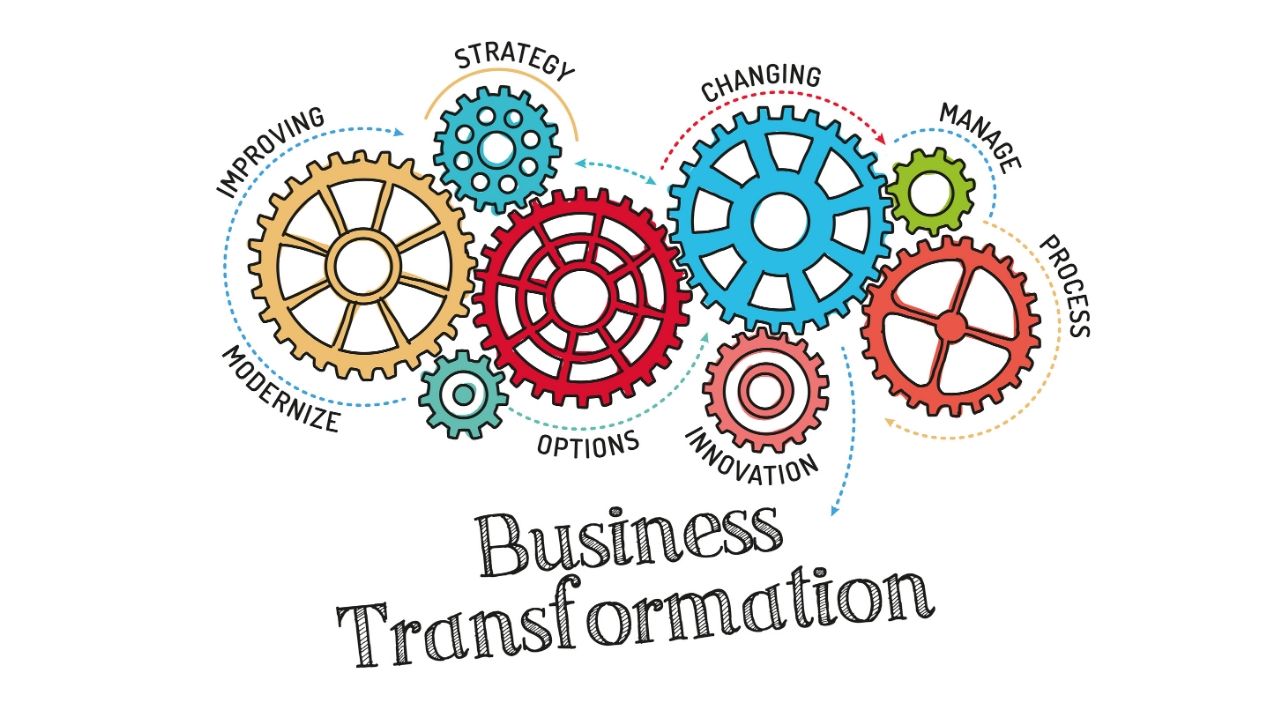The concept of process improvement tools and principles is not new to successful organizations. In fact, these principles have been around for well over 25 years. However, much like the principles encourage, they continue to evolve in corporate, non-profit, and higher education spaces.
Transforming Solutions has had the privilege to work with some of the fastest-growing and progressive organizations in both the corporate and higher education sectors. Throughout these experiences, we have taken a deep dive into efficiency, quality, customer satisfaction, and profitability. While the fundamentals have not changed, process improvement principles continue to adapt to the times.
Our Top 5 Process Improvement Principles
1. Incorporate User Experience (UX), Customer Experience (CX), and Organizational Change Management
As you define and analyze your processes, we encourage you to consider the experience as a whole. There are countless examples of organizations that did not do this and failed as a result. One thing that comes to mind is a leadership group inadvertently creating an opportunity for a competitor through neglecting a more holistic approach. However, for those who take the holistic approach, topics such as people, culture, technology, and strategy are considered in addition to operations.
2. Don’t Assume Technology Will Automatically Change Your Processes
Many organizations assume that a change in their CRM or ERP will inherently fix their processes. However, there are two shortcomings in this thinking that organizations do not consider:
- Technology is generally not built to drive processes – Technology has a built-in process (best practices) that may not align with your organization’s current state. Adapting to the technologies processes will yield incredible benefits as you can take advantage of all the features your new tool/platform has to offer. This is why it’s important to pick the right tool.
- The ‘Lift and Shift’ Mindset – Organizations who exchange a legacy system for a new system, and apply the same processes to the new technology, will not properly extract the value of the investment. You will switch the systems out, but miss out on all of the benefits.
3. Improve and Renovate
In addition to a holistic approach and the integration of technology, you need to continuously renovate your processes. You renovate your processes through monitoring, evaluating, adjusting, and improving on a regular basis. However, neglecting these adaptations will result in a similar effect as the ‘lift and shift’ mindset. As a result, there will be a reduction in the value gained from your investment. Process improvement principles and processes are only strengthened by their supporting considerations.

4. Employ Continuous Improvement From End-to-End
As you keep an eye on your organization’s consistently changing environment and focus on process improvement, be sure to apply the first principle – Incorporate User Experience (UX), Customer Experience (CX), and Organizational Change Management. In addition, organizations must remember that their customer is consistently changing as well, not just their organization’s environment. Your customers are becoming smarter, more discerning, and are constantly offered other alternative solutions. With this in mind, you must consider these factors from end to end.
5. It’s Never Too Late to Act
Many Individuals in functioning organizations say something along the lines of ‘we’ve always done it this way and it works. They also believe their highly customized processes mean that there cannot be a better solution for them. Both of these scenarios neglect the potential for technology to greatly improve processes, highly configured systems, and consider software selection efforts. You may be functioning with your current processes; however, process improvement principles enable organizations to thrive.
So What?
Overall, these five principles are key to a successful organizational strategy. To learn more about how our process improvement consultants transform businesses, check out our services. Visit our industry offerings to determine how our methodology could benefit your industry and organization.
Don’t know where to go from here? Contact us! We would love to set up a brief call to further understand your organization’s needs and walk you through how our processes work.
